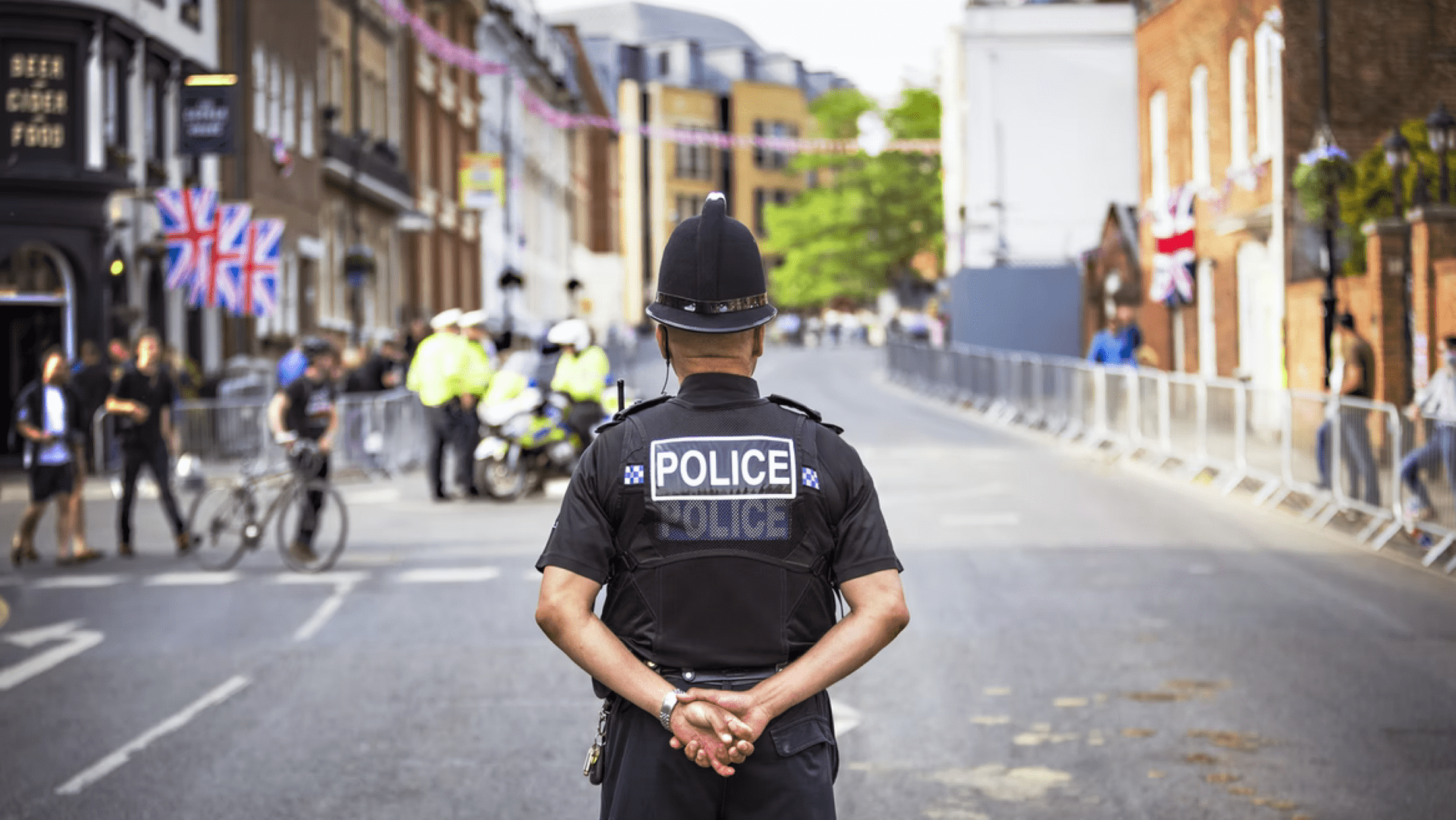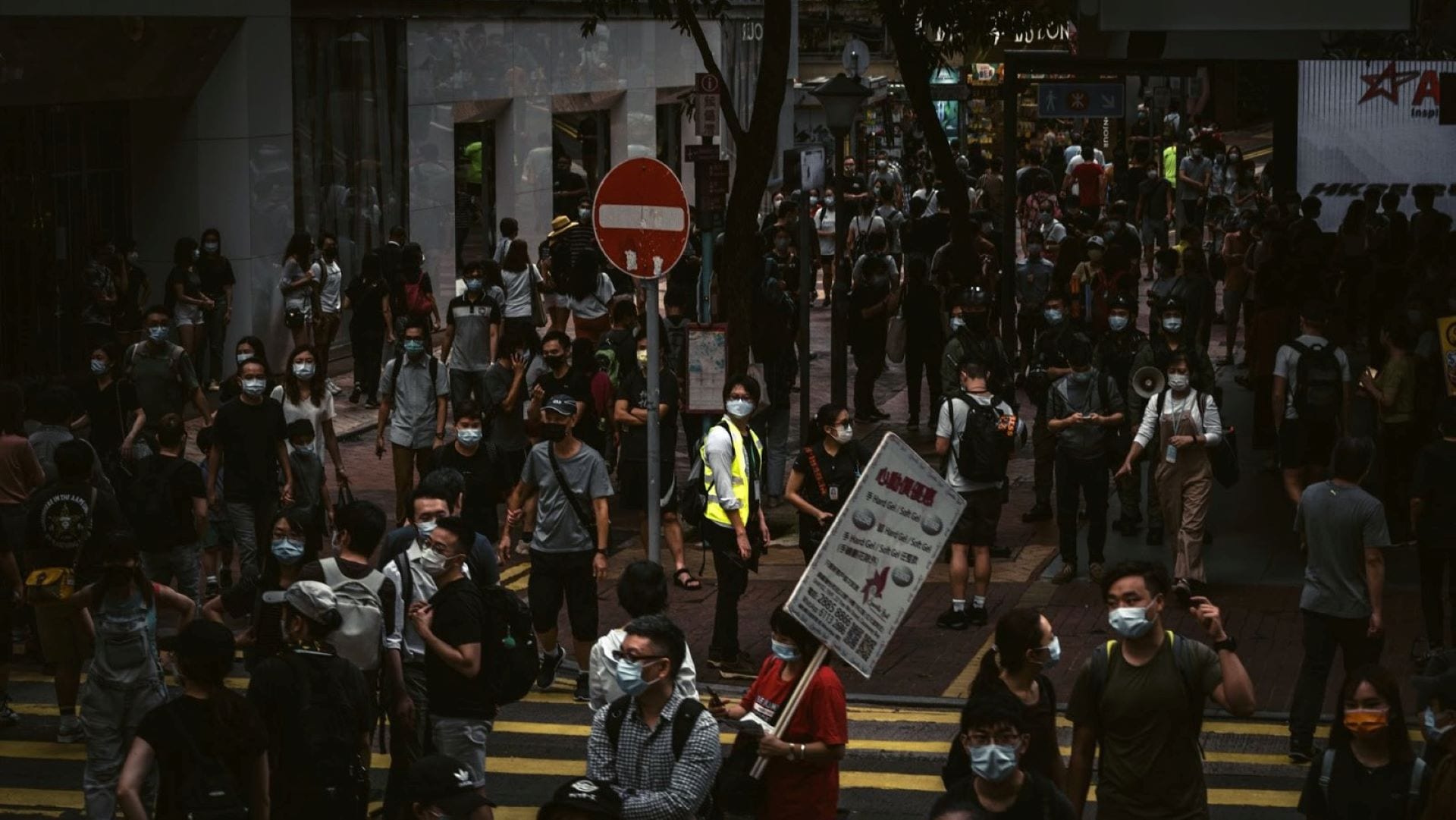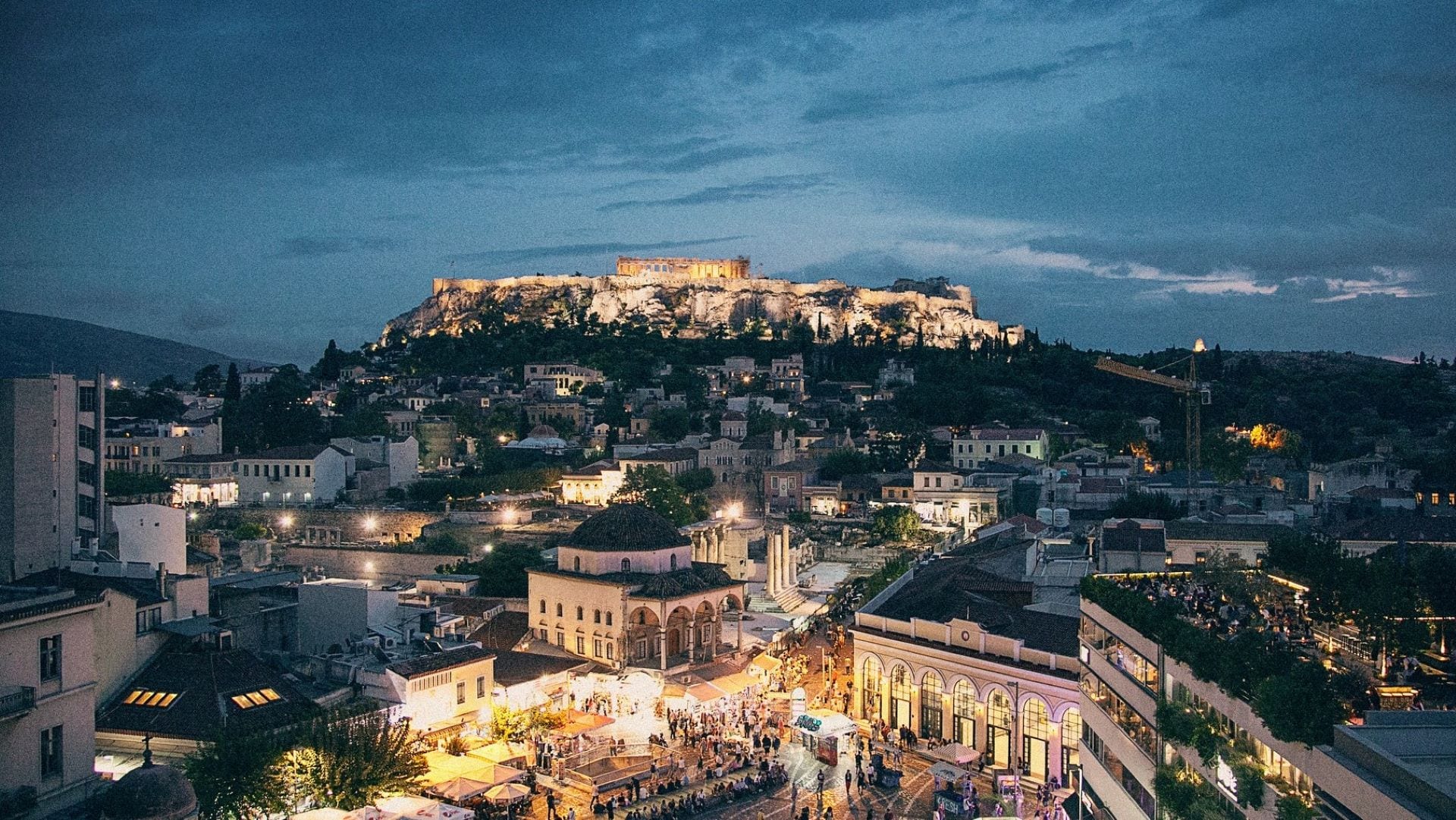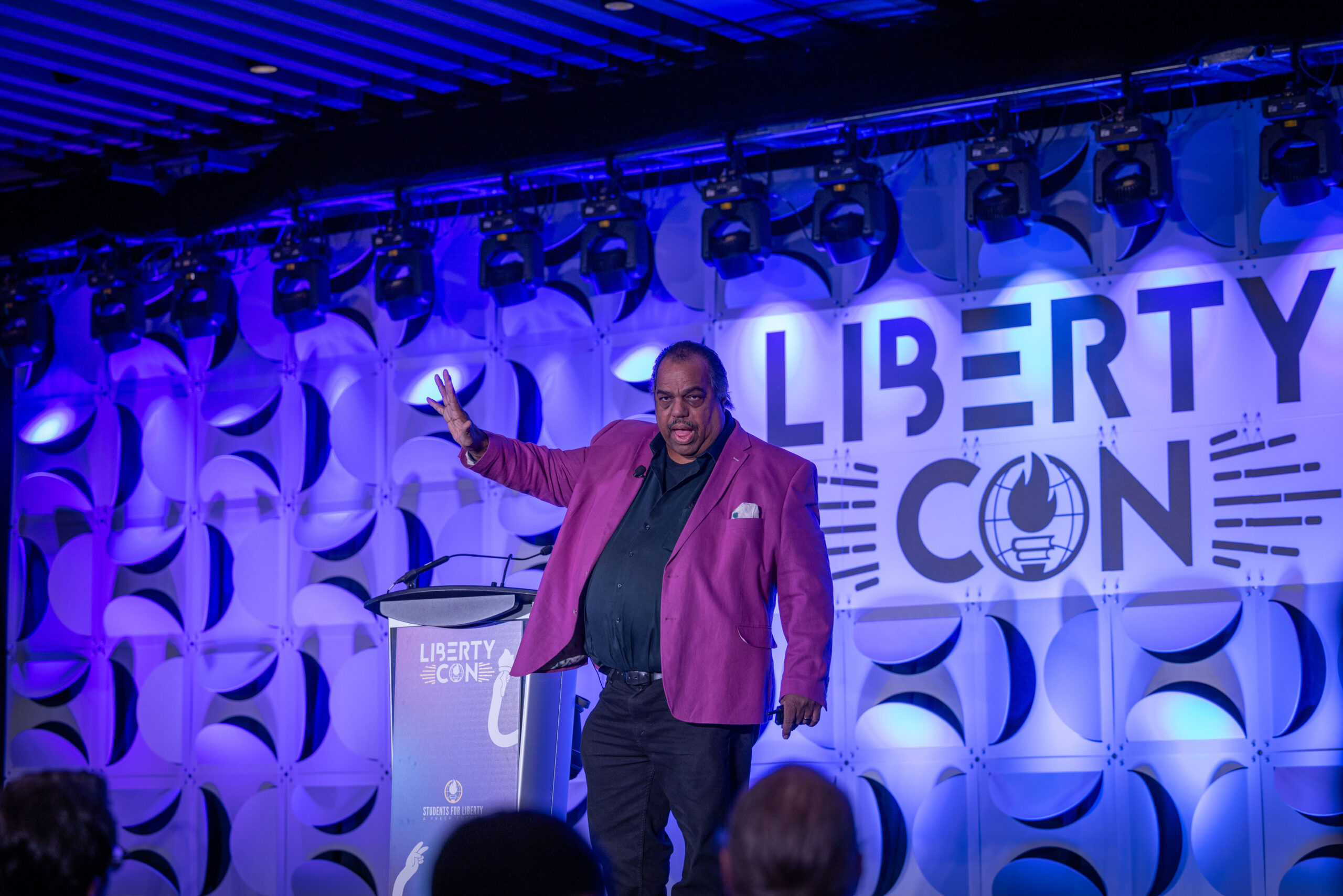The Situation in Portland
In July 2020, after rioters at protests for racial justice in Portland, Oregon firebombed a courthouse and attacked law enforcement officers with lasers and fireworks, our country’s top officials decided to lay down the law, deploying federal agents to the city. Given the sheer size and scope of the modern-day police state, the federal government was not exactly lacking in options when it came to which law enforcement agencies to send into Portland, backing up the U.S. Marshals.
However, this situation should have been handled very differently. Officials made the wrong decision when they chose to send in Customs and Border Protection (CBP), along with its Border Patrol Tactical Unit (BORTAC).
Problems with deploying CBP
Contrary to CBP’s nominal mission, “to safeguard America’s borders,” its actions in Portland had nothing to do with immigration, travel or trade. Nowhere in CBP’s public mission does it mention civilian crowd control as an intended purpose for the agency; the operative training it provides reflects that omission. CBP officers typically only get basic law enforcement training, while members of BORTAC, CBP’s SWAT team, receive intensive instruction meant to emulate Special Operations training with “military entities.”
The problem? Portland’s situation is entirely different.
Training and deploying the same BORTAC officers to deal with our own citizens’ civil unrest as we do to track international terrorists is absurd. The specialized strengths that these tasks require are fundamentally different. Secrecy and discretion, for example, are probably valuable skills for chasing down the Taliban. But when policing a protest movement that broke out largely in response to a lack of transparency and accountability among law enforcement agencies, they turn from assets into liabilities. A Department of Homeland Security (DHS) memo to Acting DHS Secretary Chad Wolf also revealed that the agents deployed did not have “training in riot control or mass demonstrations.” Got it — then why were they sent into a riot?
To make matters worse, CBP is also brimming with serious constitutional and racial problems. Within the last five years, CBP has been the target of several lawsuits claiming that the agency engages in racial profiling of lawful U.S. residents, by subjecting travelers to long interrogations by opaque terrorism response teams and unlawfully detaining U.S. citizens for speaking Spanish. The Cato Institute has also discovered multiple instances in which CBP erroneously deported U.S. citizens with mental disabilities. Furthermore, as of 2019, CBP officers were arrested at a rate “more than five times higher than the rate of arrests of state and local police.”
Powers and Accountability
What’s more, in coastal zones like Portland, CBP operates under federal regulations that allow its agents to brush off civilians’ full Fourth Amendment rights, searching and detaining them with fewer limitations. Within 100 miles of a U.S. external boundary, like a coastline, “CBP agents can search you without a warrant, detain you without probable cause and even deport citizens without due process,” according to the Cato Institute’s Paul Matzko.
Instead of probable cause or a warrant for search and seizure, CBP only needs to establish “reasonable grounds” for a crime. The agency is likewise exempt from policies banning racial, ethnic and other profiling. These conditions may explain why CBP has been able to patrol the streets of Portland several blocks away from the Hatfield Courthouse with the goal of, as Wolf puts it, “proactively arresting” people. Perhaps they’re also why its officers were allegedly able to seize protestor Mark Pettibone in an unmarked vehicle, without telling him why he was arrested even after locking him in a cell.
Given the tendency of CBP to stretch the borders (no pun intended) of constitutionality, you would think that they’d have strong systems of accountability in place to make sure rogue officers face consequences for abusing their power. Wrong! Only one internal affairs officer staffs CBP for every 188 law enforcement officers in the agency. To maintain an internal affairs system equivalent to that of the New York Police Department, another large law enforcement entity, CBP would have to hire nearly three times as many internal affairs officers.
Possible Alternatives
When we need a strategic federal response to riots that originated from protests over police brutality and racial injustice, perhaps a massive, opaque agency without the appropriate training, racial profiling restrictions and accountability capacity and with a significant history of civil liberties violations is not the ideal choice.
Instead, more officers could have been called upon from the Federal Protective Service, which has the protection of federal facilities as its explicit mission. If officials determined a stronger response was truly necessary, a small contingent of the National Guard should have been sent in. Under the Posse Comitatus Act, its members can’t enforce domestic laws like a police officer would without congressional authorization. This built-in safeguard helps National Guard members strike an important balance — they would have the strength to protect the Hatfield Courthouse without the authority to intrude on Oregon’s Tenth Amendment powers.
As unrest in Portland dies down, federal law enforcement operations continue to spring up around the country through the Department of Justice’s Operation Legend. Hopefully, this time around, the government has learned its lesson and will stop forcing Customs and Border Protection into situations utterly unrelated to customs or border protection.
To read more about ending police brutality, you can check out our cluster page by clicking on the button below.
This piece solely expresses the opinion of the author and not necessarily the organization as a whole. Students For Liberty is committed to facilitating a broad dialogue for liberty, representing a variety of opinions.








